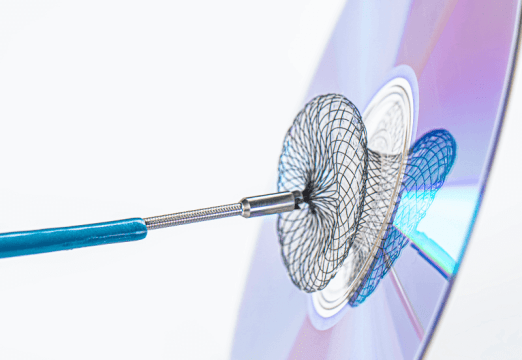Original Title: Effects of Ticagrelor versus Clopidogrel in Troponin-Negative Patients With Low-Risk ACS Undergoing Ad Hoc PCI. Reference: Dominick J et al. J Am Coll Cardiol. 2016;67(6):603-613.
Many patients admitted with low-risk acute coronary syndrome (ACS) are not pre-treated with a P2Y12 receptor inhibitors despite the invasive strategy in place, with angiography and PCI in the same procedure.
No studies assess the pharmacodynamics of ticagrelor vs clopidogrel in “ad hoc” PCI.
The aim of this study was to assess the pharmacodynamics of ticagrelor versus clopidogrel loading dose (LD) in the peri-procedural period among troponin-negative ACS patients undergoing angiography and PCI in the same procedure.
This was a prospective, open and multicenter study in phase IV, where 100 P2Y12 inhibitor naive patients admitted with ACS with negative biomarkers were randomized to 180 mg ticagrelor loading dose vs. 600 mg of clopidogrel loading dose.
Platelet reactivity was measured at baseline, 30 minutes, 2 hours and 8 hours after loading dose and at the end of PCI, with the VerifyNow system. Primary end point was platelet reactivity at 2 hours after loading dose measured in P2Y12 reaction units (PRU); there was also an exploratory analysis on high reactivity rates (PRU >208).
At 2 hours, PRU level was significantly lower in those receiving ticagrelor vs. clopidogrel (98.4 ± 95.4 vs. 257.5 ± 74.5; p < 0.001). PRU levels started to separate at 30 minutes with the most significant difference observed at the end of PCI, and maintained up to 8 hours after loading dose. High platelet reactivity rates also saw a reduction with ticagrelor.
Conclusion
In patients undergoing low risk acute coronary syndrome undergoing ad hoc PCI, ticagrelor offers faster and more powerful platelet inhibition compared to clopidogrel.





